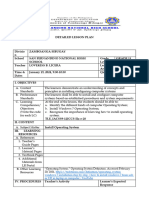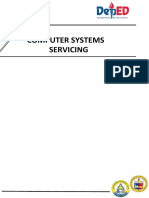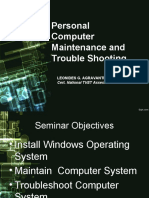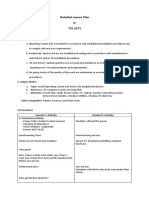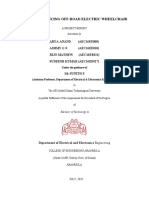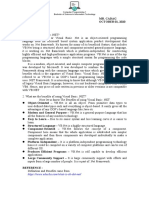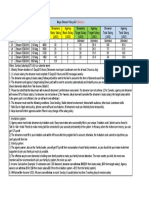0% found this document useful (0 votes)
18 views24 pagesInstallation ofOS
This document is a self-learning module for Grade 11 students focusing on installing and configuring computer systems, specifically operating systems like Windows 7 and Windows Server 2008. It provides a structured approach to learning, including pre-tests, step-by-step installation guides, and assessments to evaluate understanding. The module emphasizes the importance of following established procedures and includes additional resources for teachers and facilitators to assist students in their learning journey.
Uploaded by
johncarlampo65Copyright
© © All Rights Reserved
We take content rights seriously. If you suspect this is your content, claim it here.
Available Formats
Download as PDF, TXT or read online on Scribd
0% found this document useful (0 votes)
18 views24 pagesInstallation ofOS
This document is a self-learning module for Grade 11 students focusing on installing and configuring computer systems, specifically operating systems like Windows 7 and Windows Server 2008. It provides a structured approach to learning, including pre-tests, step-by-step installation guides, and assessments to evaluate understanding. The module emphasizes the importance of following established procedures and includes additional resources for teachers and facilitators to assist students in their learning journey.
Uploaded by
johncarlampo65Copyright
© © All Rights Reserved
We take content rights seriously. If you suspect this is your content, claim it here.
Available Formats
Download as PDF, TXT or read online on Scribd
/ 24




















